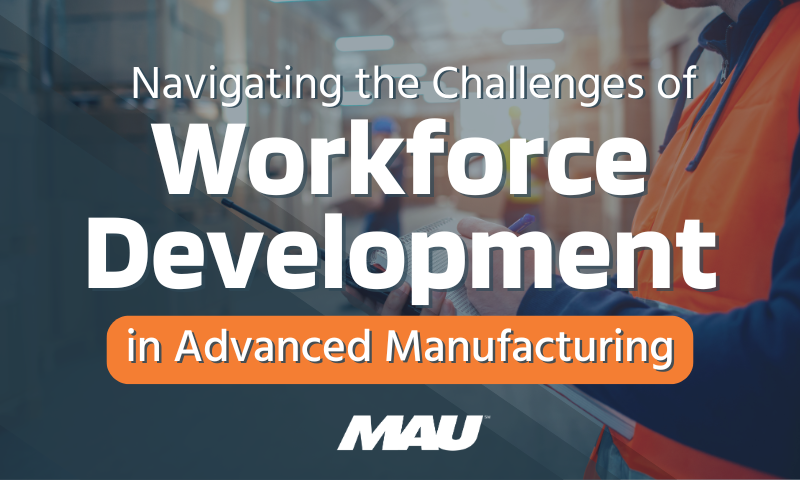“Absence makes the heart grow fonder.”
It is a common saying that people use, but its essence isn’t understood until it is lived.
Recently I moved from where I grew up, too far away from my family. As it tends to happen, the closer I get to things, the less I approach them. Now that I live thousands of miles away, I try to call them at least 5 times a week to keep our family ties healthy. We engage each other in conversation about things that made the day memorable.
The Story
One day, my mother told me about how uncomfortable she felt in one of her previous jobs. She was part of a team that produced medical products that required a high-level of attention to detail in the production process. They were products that would become part of the body of those who need them, at the end of the process.
The major challenge was not that employees needed to work with high care and precision, but the company produced those products at a high pace, as they were in high demand worldwide.
You are getting the point, right?
In order to meet this demand, the company’s leadership acquired a machine that we will call “Power 360,” which would do the employee’s less relevant tasks, so they could focus on taking care of the product’s quality in its production process. Something like a “lean” idea.
In order to operate “Power 360,” the employees received training. With it, every employee adapted effectively to the new acquisition.
All but one.
Mom told me that “Martha,” her 29-year-old coworker, operated as if she didn’t take advantage of the training she received. Martha was awesomely good at manual tasks, but when that part of the process ended, she operated “Power 360” incorrectly. She pressed buttons that she knew were not the correct ones. She knew because her work team, including the management, approached her to let her know she was doing the process wrong. They offered her help by teaching her how to properly manage it.
Even so, she never worked efficiently with the machine.
As a result, “Power 360” locked every time the wrong buttons were pressed. Unlocking it and putting it back into operation took valuable time, time that the team needed to meet the established goals.
We encounter people like Martha, who offer some challenging scenarios at work. Surely, this situation could’ve been handled better by the employee and/or by management.
A Key Piece of Jenga
For now, let’s concentrate on macro-observing this scenario.
This real story is a clear example of how the performance of a single employee can affect a whole team.
Although I was not part of it, I found this situation interesting enough to discuss it with a friend of mine who is a Human Resources professional.
Today, we still don’t know what motivated Martha’s behavior, but for professional purposes, my friend and I spoke about three hypothetical things that may have triggered such a scenario: training, management, and the employee’s health.
Training
“Your employees can contribute to the success of your company when they are trained to do their job according to industry standards,” but if they do not have the necessary training, such employees become the bottom piece of a Jenga figure: a particular movement can destroy the entire tower — in this case, the organization.
If the reason is that Martha didn’t have enough training, production may have been disrupted and, therefore, output reduced. More importantly, it could have created an unsafe environment for herself and for the rest of the team, especially when she interacted with heavy machinery and hazardous chemicals. Had Martha been injured, high medical costs and legal ramifications could have been incurred, among other harmful factors for the organization.
Management
“Poor management skills carry long-lasting effects and may infect an entire organization.”
Management plays a critical role in how employees produce and thrive in their work environment. It is possible that Martha’s behavior was the result of poor management, causing her to have a sense of worthlessness in her role within the company. If the organization’s leadership is not in alignment with the company culture, the complications may have been toxic to her and her environment.
Previously, we emphasized how valuable an Employee Retention Strategy is:
“Investing in employees is a great way to increase retention, but also revenue. Do not assume that because of your employee smiles when you pass by, that they are in love with their job. This assumption can be costly, as employee turnover is expensive. Especially during a busy season, it is easy to miss the stress your employees may be experiencing, when in fact that is when it is even more important to highlight achievements and recognize hard work.”
Health Matters
“Employers know that by proactively supporting the health of their employees they’re able to reduce absenteeism, increase engagement and improve productivity.”
It is also possible that Martha’s behavior was related to health issues, mental or physical, potentially an effect of the work pace she was exposed to. If organizations take responsibility for playing a role in the health of their employees, it can have a significant impact on the overall performance of the organization.
It is known that healthy employees are more likely to be committed to their jobs, because they feel supported and appreciated by their employers. Those who feel this way are more willing to go that extra mile, positively impacting business.
The Takeaway
Today’s market is tough, making employee retention a real challenge. This true story gives us an idea of how critical it is to build and maintain a strong workforce. Training, management, and the employee’s health, are three key areas that organizations should consider to empower their employee retention strategy. Similarly, the integration of new technology to the workplace can revolutionize the process of how organizations operates, but if it isn’t carefully handled and the entire workforce doesn’t properly engage with it, the results can be catastrophic for the organization.
Think often, think critically. Analyze how your workplace is operating to maximize the output.
Click below to learn more about technology’s integration into the Workforce!
{{cta(‘904b3947-b3fb-4782-b298-5a2bb8618f4d’)}}

.png)


